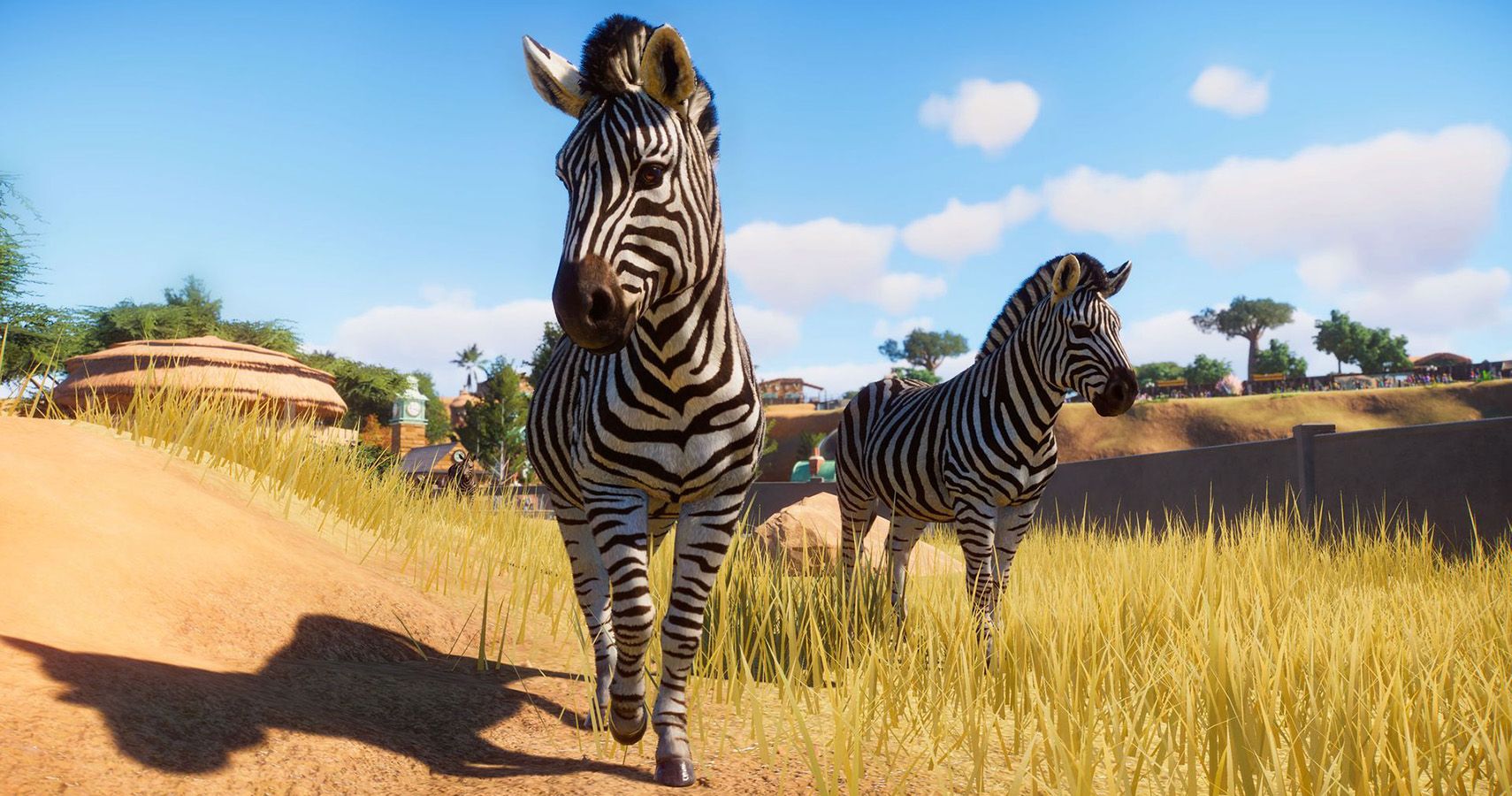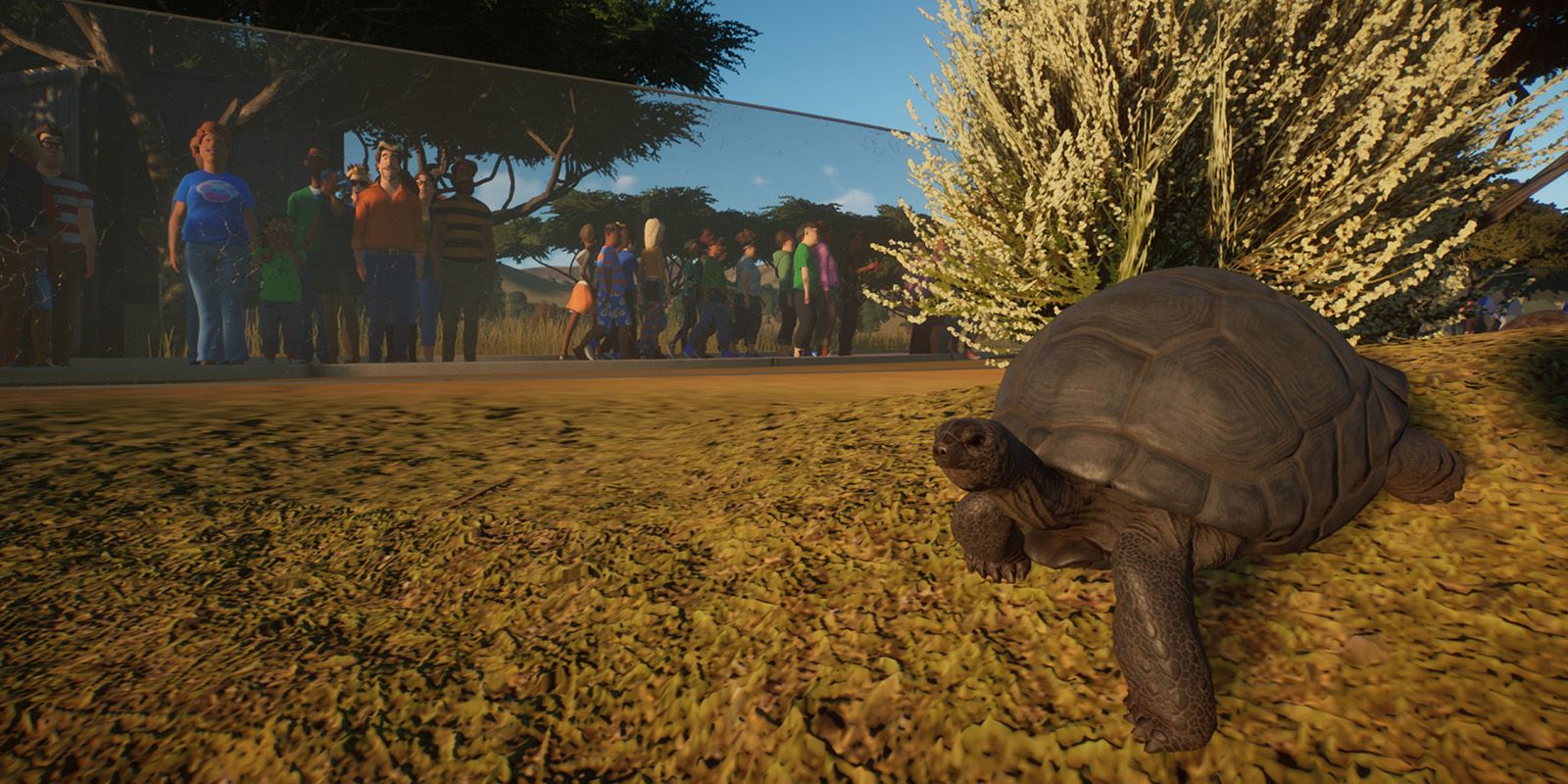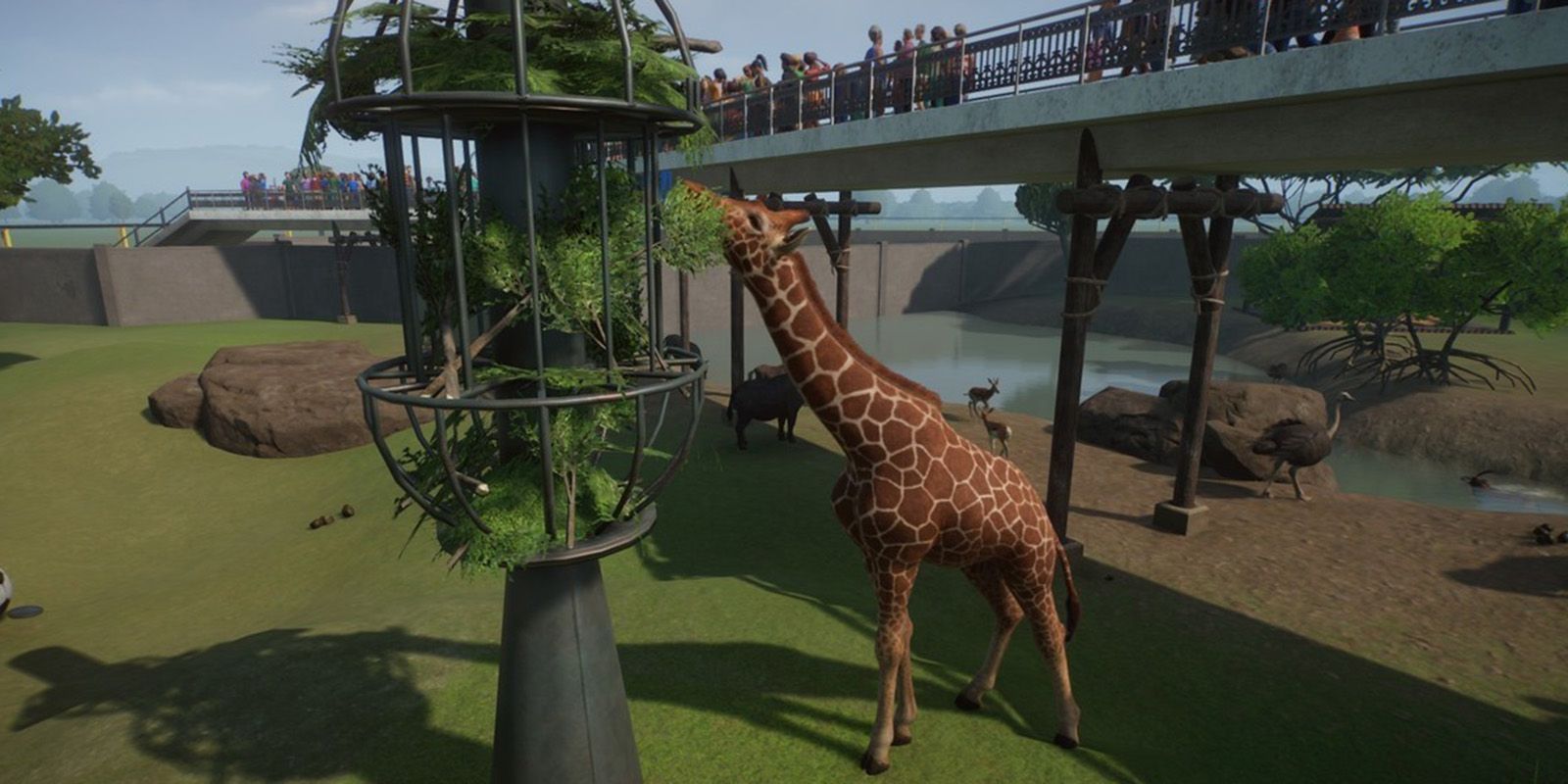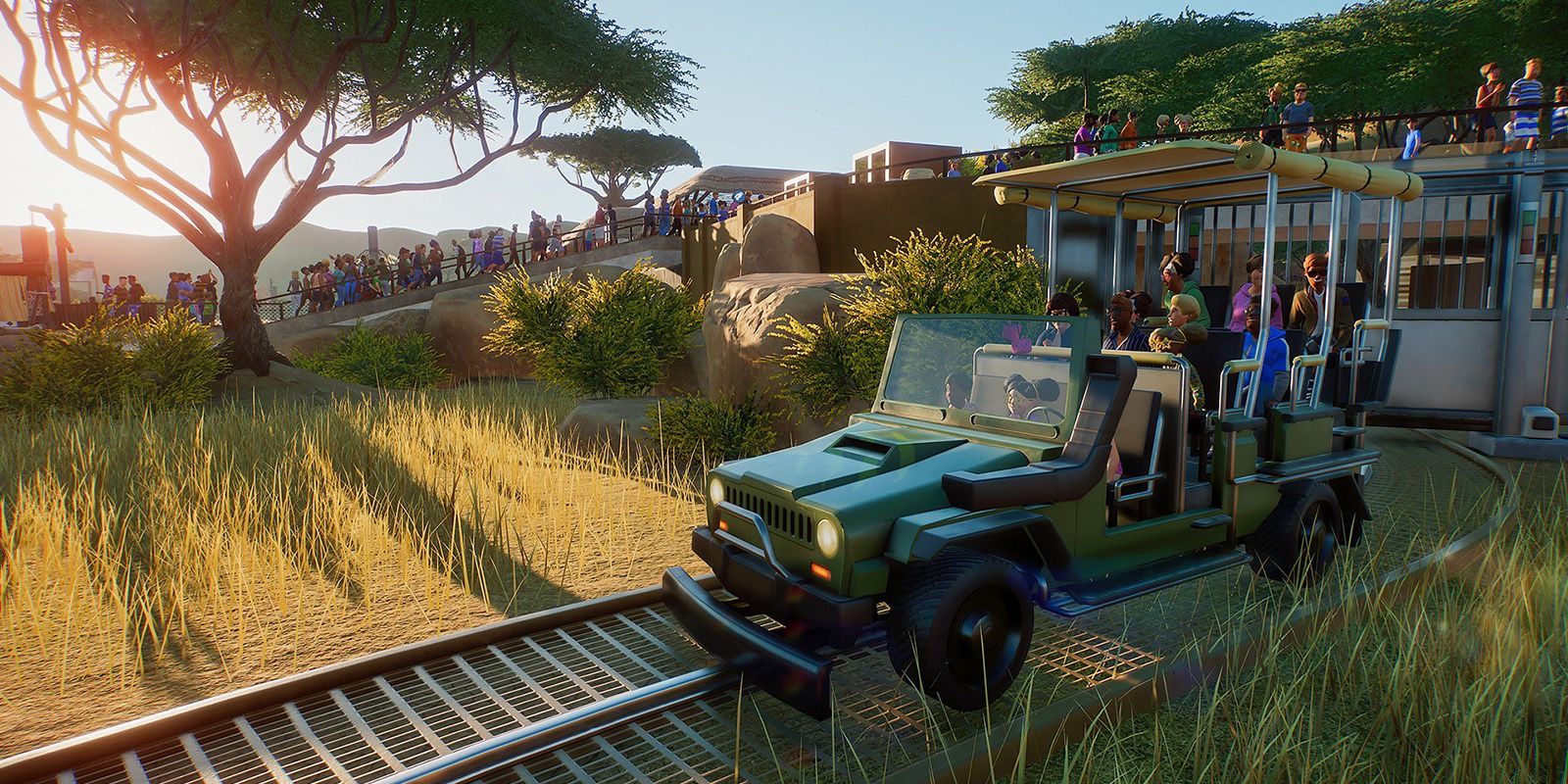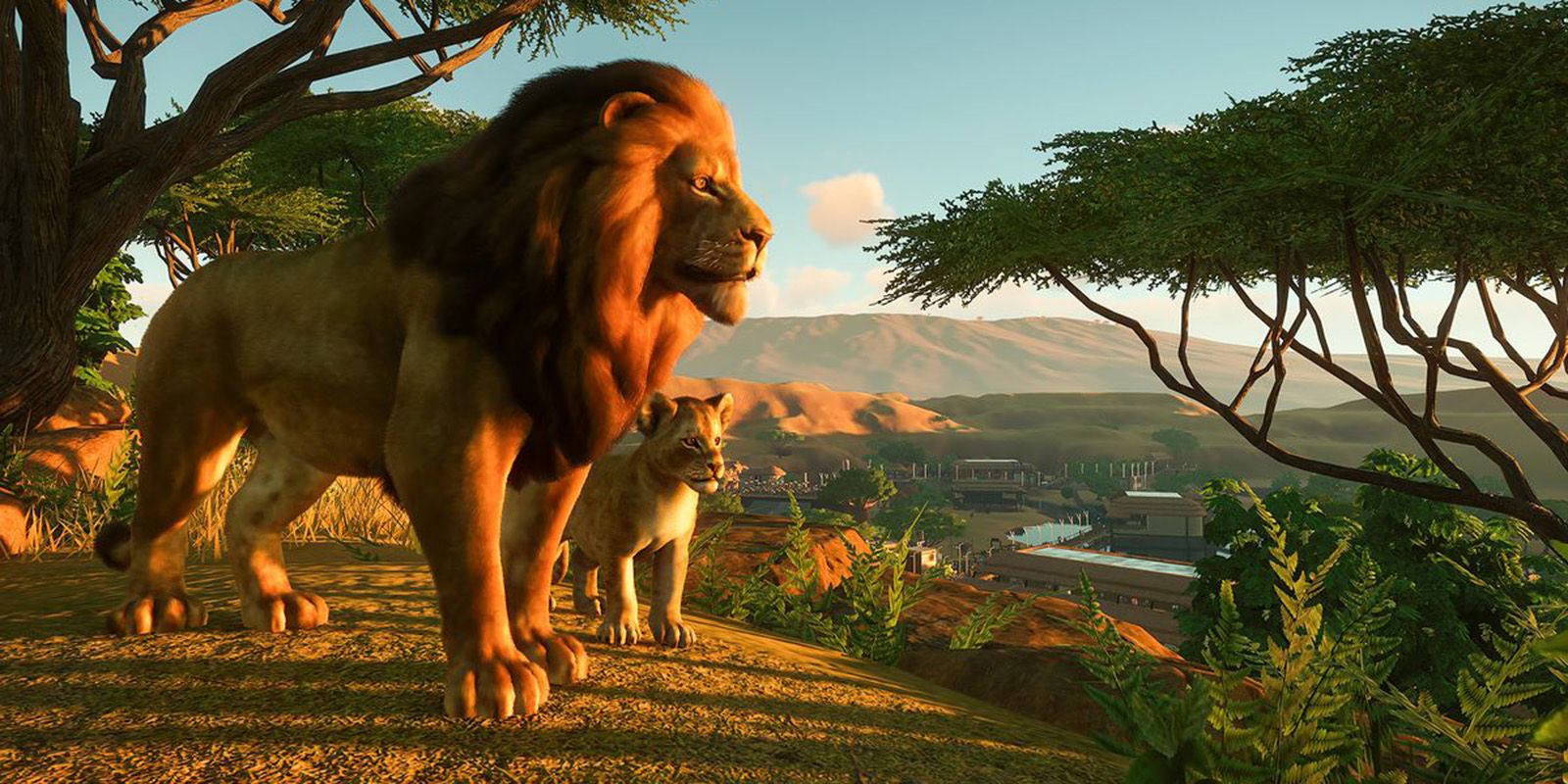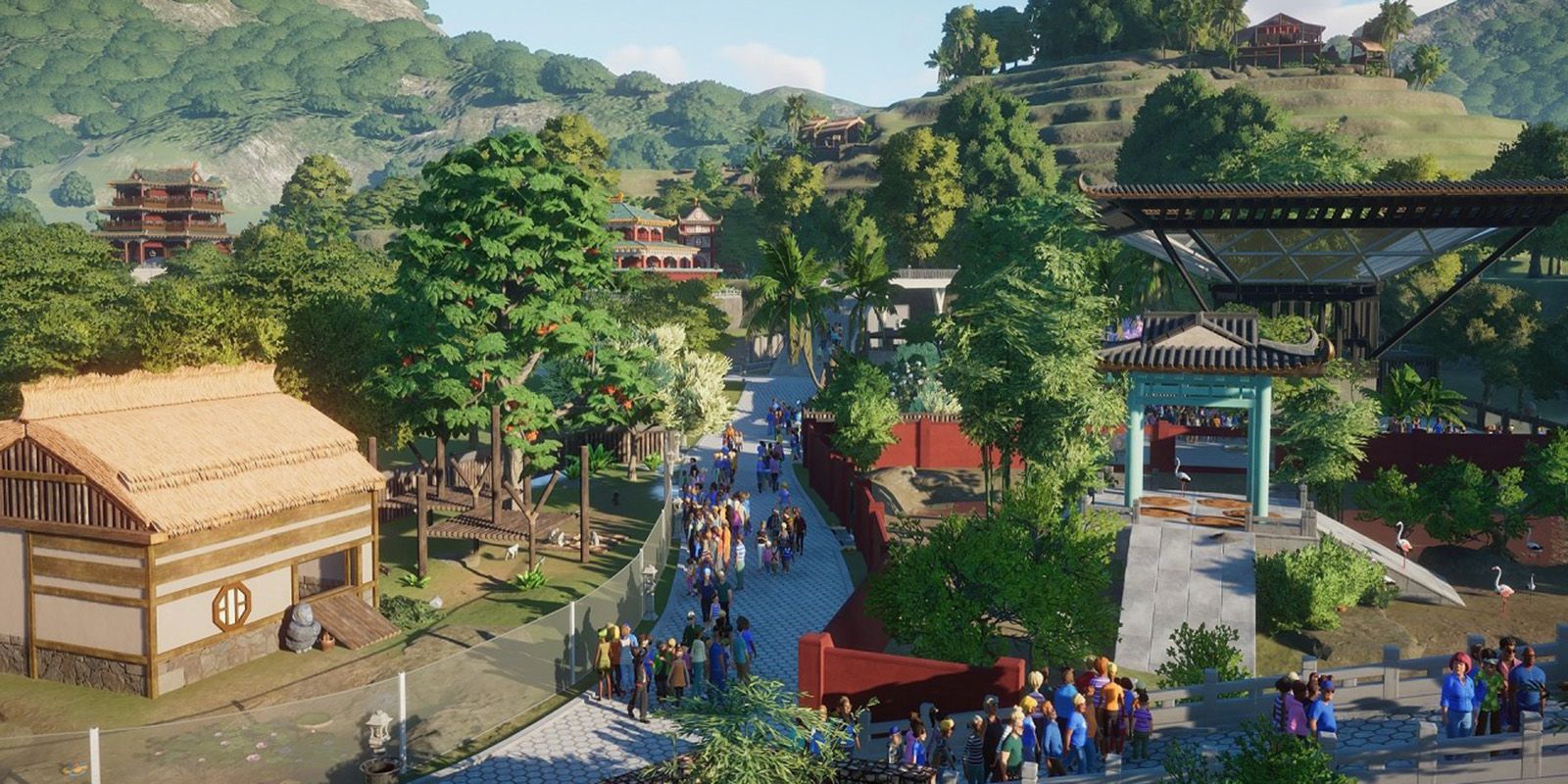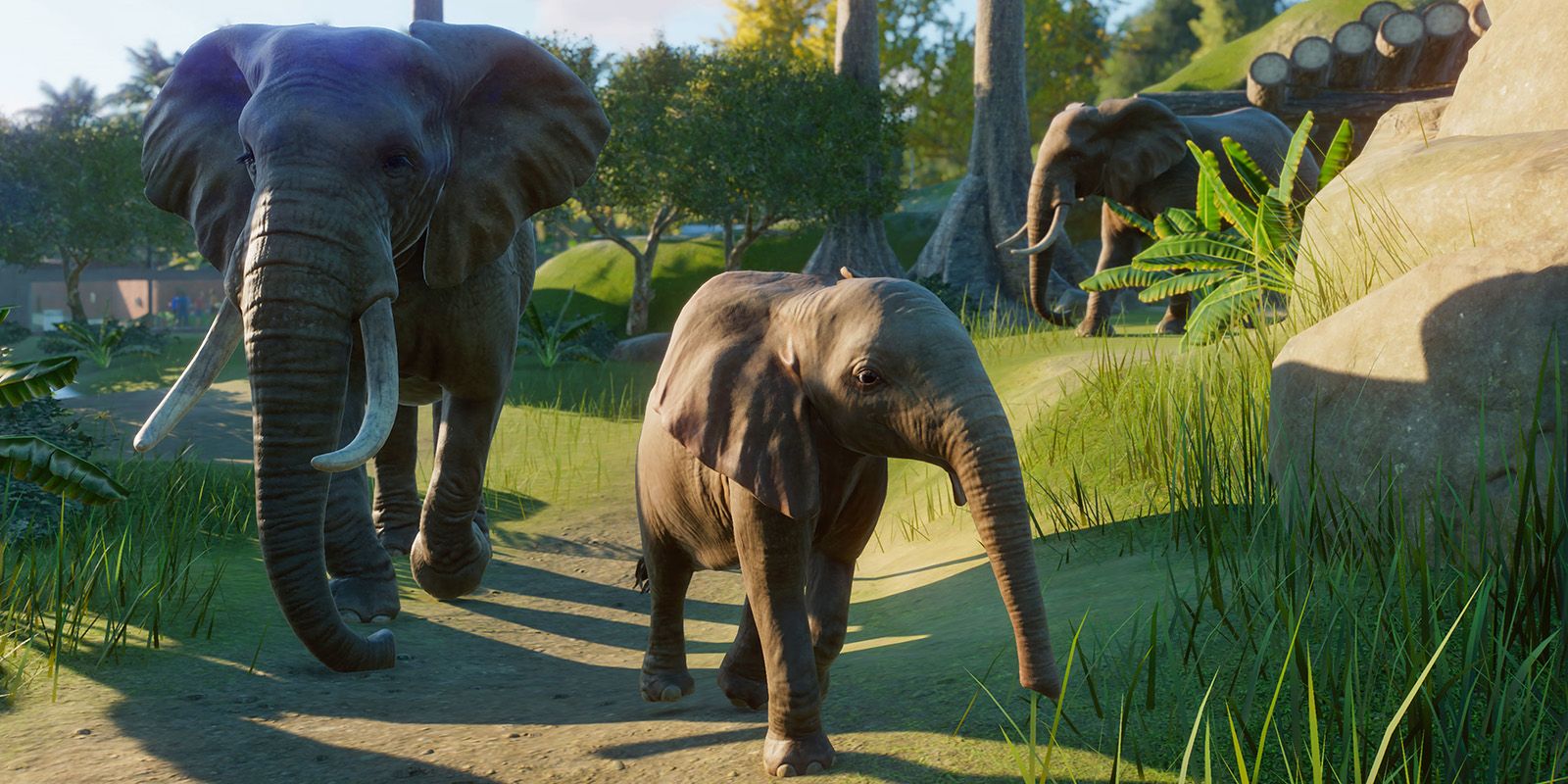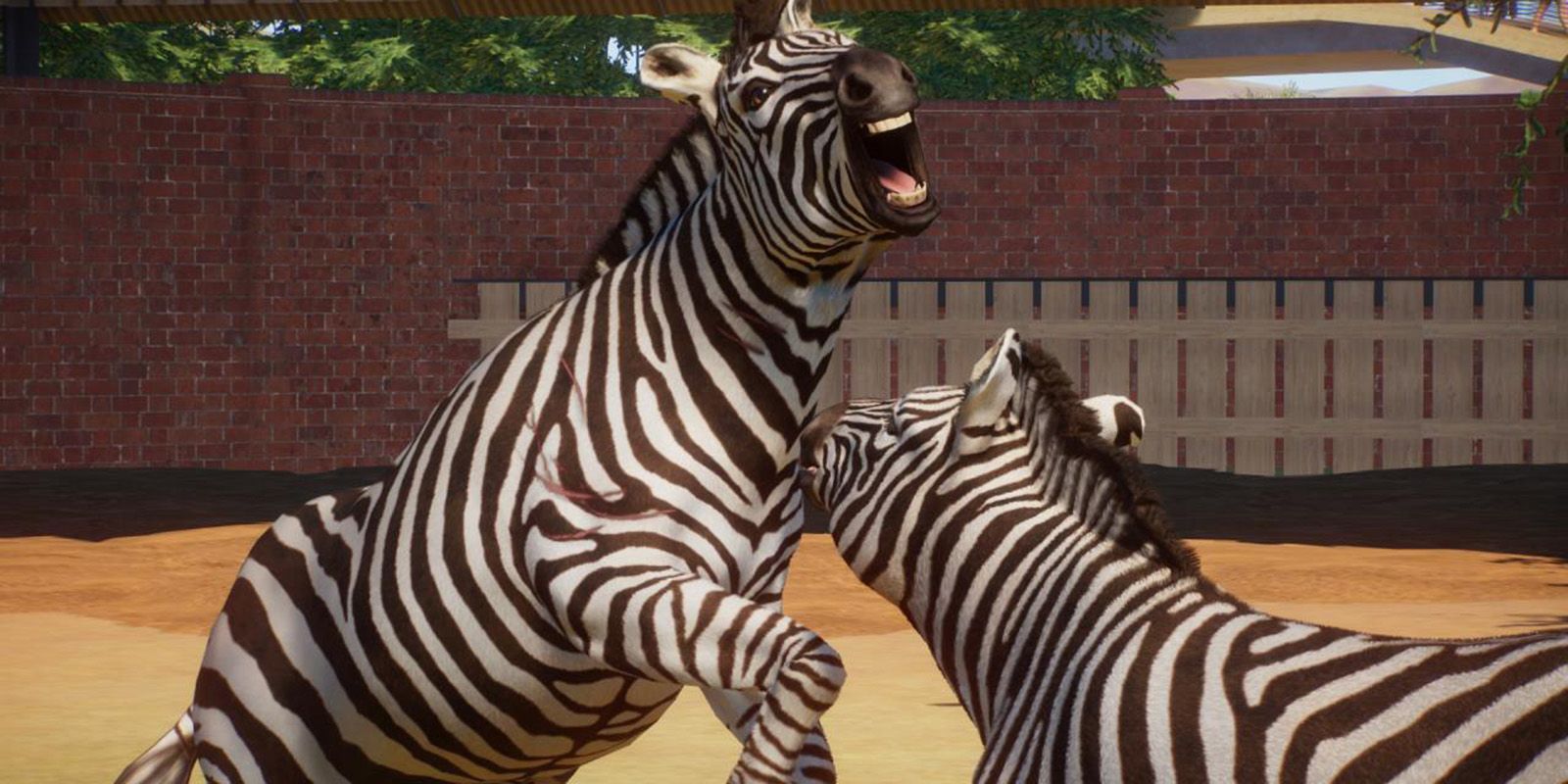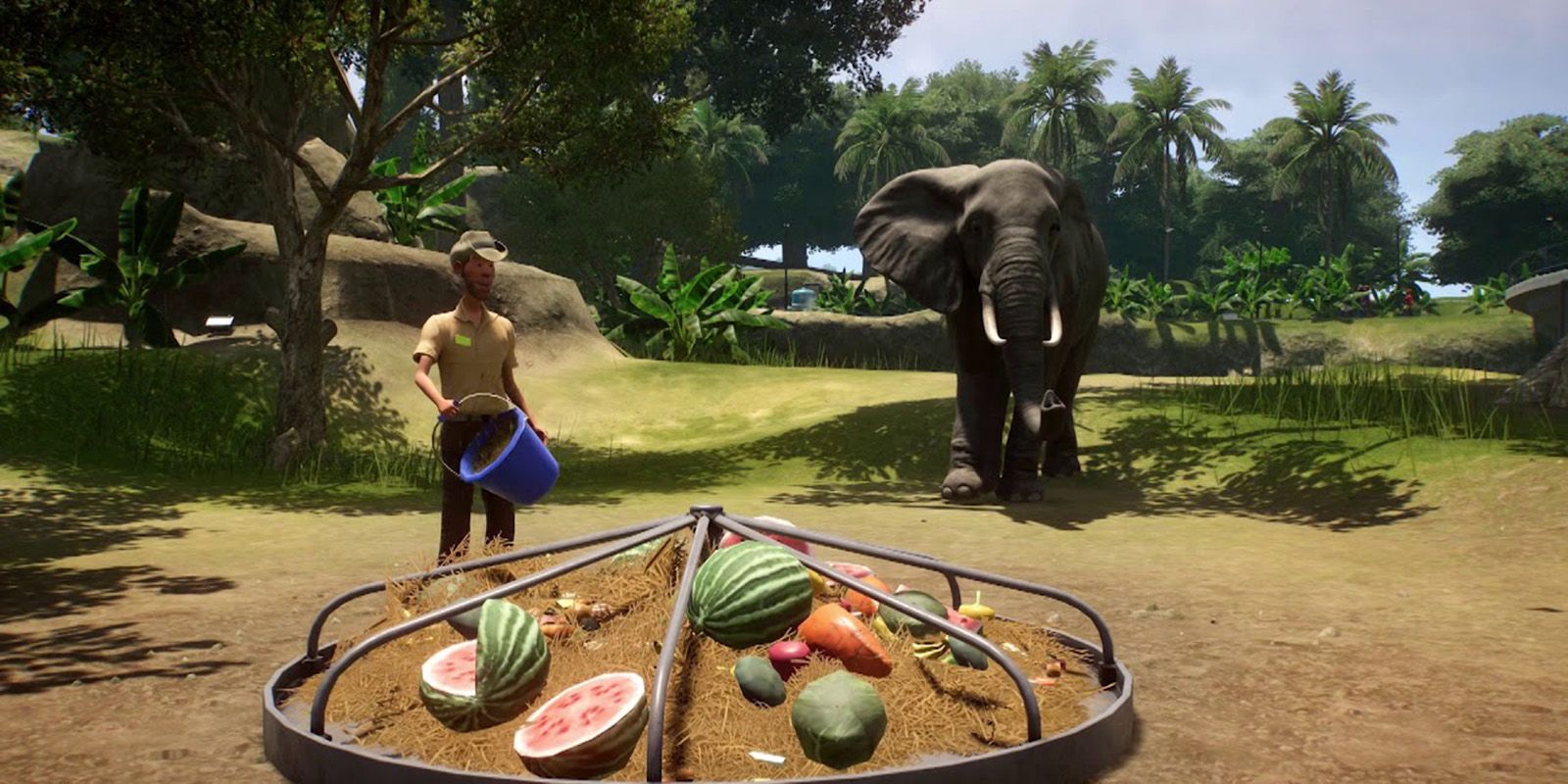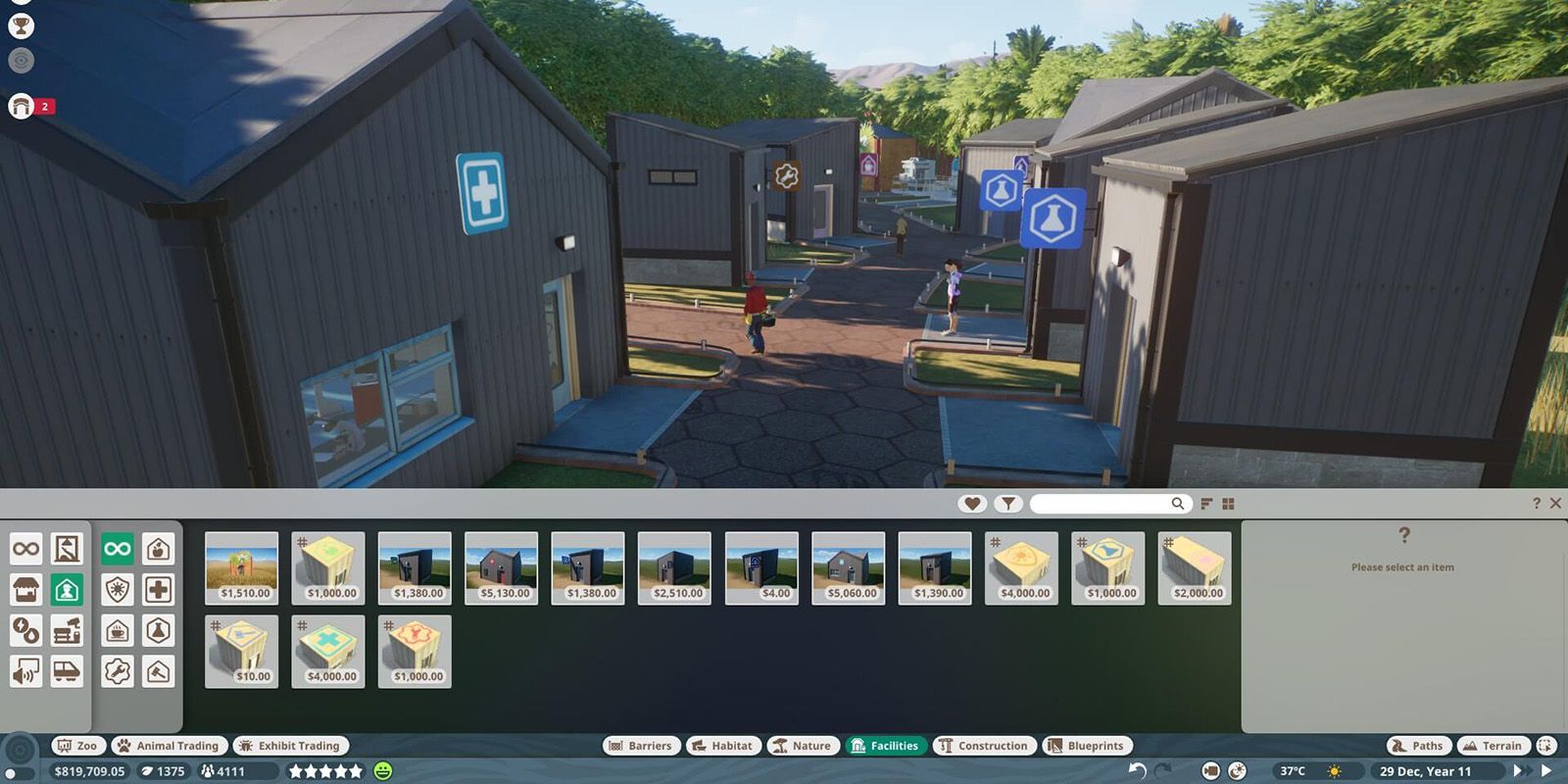Planet Zoo is an interesting simulator that has players creating, maintaining, and expanding a large zoo from scratch. Over time, you can create a wonderland of exotic animals that brings in lots and lots of money, but getting there can be tough.
If you’re a beginner just getting started, or if you find yourself struggling to get past the early parts of the game, here are some pro tips you should keep in mind to increase profits, minimize headaches, and see your zoo thrive.
10 Keep It Simple
As soon as the game starts it can be tempting as a new player to spend every penny you have to build as many habitats as possible and buy some of the more profitable animals. The problem with this is you don’t have a whole lot of money in the beginning and the more profitable animals are also the more problematic, especially if you don’t have enough resources to deal with them.
Stick to simple animals like Tortoises that will generate steady profits and help you build a good foundation. As your finances and reputation start growing you can slowly ramp up into bigger enclosures and more interesting animals.
9 Share Habitat Space
One thing you can do to keep it simple in the beginning and to minimize your costs is to have animals share space. Obviously you only want compatible animals sharing an enclosure otherwise you might see injuries and other problems.
Additional benefits from sharing habitats is that some animals will be happier with their roommates and guests appreciate not having to travel far to see a variety of animals. Your staff won’t have to travel far to maintain the habitat either which will keep them happy.
8 Loans Are For Profit
Loans can be a powerful tool for growing your zoo quickly, but if done improperly can cause you to be perpetually low on funds or even closing your doors. The only reason you should ever take out a loan is if you are building/buying something that is guaranteed to generate a profit equal to or greater than what the loan will cost.
Many players will take out a loan to cover repairs if they’re low on cash and this is a very, very bad idea. Keep an emergency fund for these kinds of problems and maintenance issues and use loans to generate profit.
7 Manage Loan Payments
If you made a mistake with your loans or what you used it on isn’t as profitable as you anticipated, then you can lower your payments to give yourself some more wiggle room. This will increase the overall amount you spend to pay off your loan, but it does free up some cash flow which you can use to make profits.
As your finances start improving and you begin making more money increase your loan payments accordingly and get them paid off as quickly as possible. Remember, loans are for profits, cash is for emergencies.
6 Souvenirs And Donations
One way to increase your cash flow is to motivate guests to spend money inside the zoo. Unfortunately, and understandably, guests aren’t very inclined to spend money and will often walk away without spending anything other than the price of admission.
The two best ways to get something more from guests are donation boxes and merchandise shops. For whatever reason these seem to be the best money makers for the best cost. So if you’re between building projects and want to squeeze some more funds from your guests then start littering your zoo with these.
5 Don’t Waste Credits
It’s also important you properly budget your Conservation Credits. This currency is extremely valuable and can buy some great things, but early on you wont have an efficient way to generate them and will regret spending them right away, especially on things that can be bought with cash.
Stick to cash in the beginning and once you have some things setup and Conservation Credits start flowing into your wallet then you can be a little more liberal with how you spend them.
4 Breed And Release
One way to get more Conservation Credits is to buy animals with cash, breed them, raise the offspring to be happy and healthy, then release them into the wild in exchange for Conservation Credits. If you sell them you only get cash, you must release them into the wild to get Credits.
Once you have enough Credits you can buy more exotic animals that will then breed and produce offspring you can sell or release for Credits. But in the mean time hold onto your Credits, breed simpler animals, and release them for easy Credits.
3 More Females Than Males
As you begin your large-scale breeding operation keep track of how many males you have in each habitat. For many species too many males in a single habitat will start fights which leads to injuries, upset gusts, and more work for your staff.
When you start getting too many males consider releasing or selling them off to keep the peace. Don’t accidentally get rid of all your males as you still need a few for breeding, but don’t be afraid to have skewed ratios between males and females. If things are still getting out of hand you can use contraceptions to keep the populations in line.
2 Have The Right Staff Balance
Now that your zoo is growing and more guests are showing up it’s important to ensure you have the right staff to animal to guest ratios. Too few Keepers will result in dirty habitats and unhappy animals, too few Vets will result in too many sick animals, and a lack of Security Guards will cause unruly guests to take over and cause problems.
You want a good balance of staff to keep everything inline that still fits within your monthly budget. If you are careful with finances and have a good foundation of animals then hiring staff to meet your needs shouldn’t be a problem.
1 Give Employees Their Own Space
Unlike animals the staff likes to have their own space. A staff member can’t share a small facility space with another and this causes one to stand outside waiting while the other finishes whatever they’re doing. Make sure to build a lot of small facility areas until you can get into the larger spaces that can be shared.
It’s also a good idea to route areas for staff to use. Not only will this allow them to respond to problems faster and more efficiently they wont be forced to wade through crowds which isn’t good for them or the guests.

